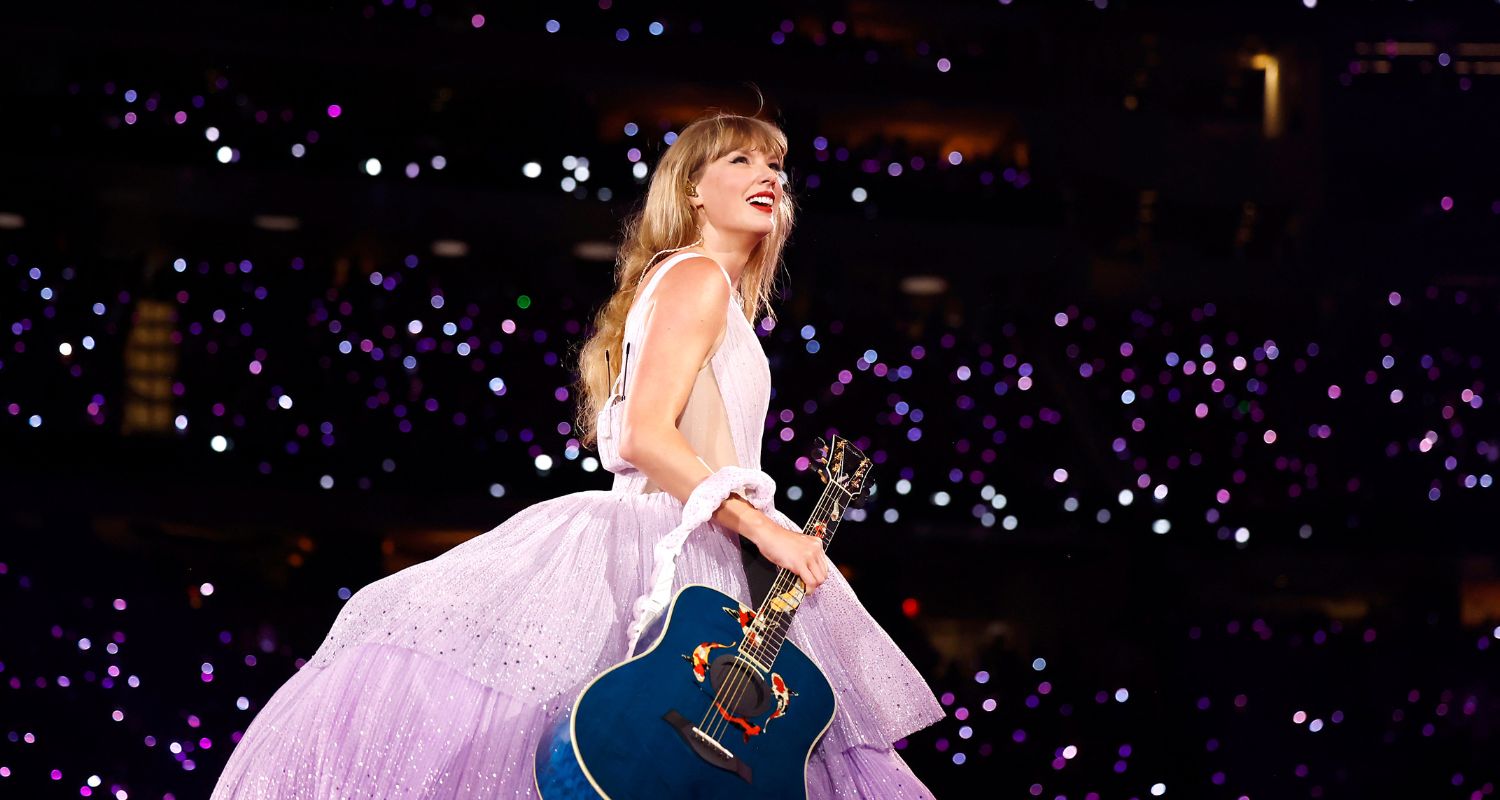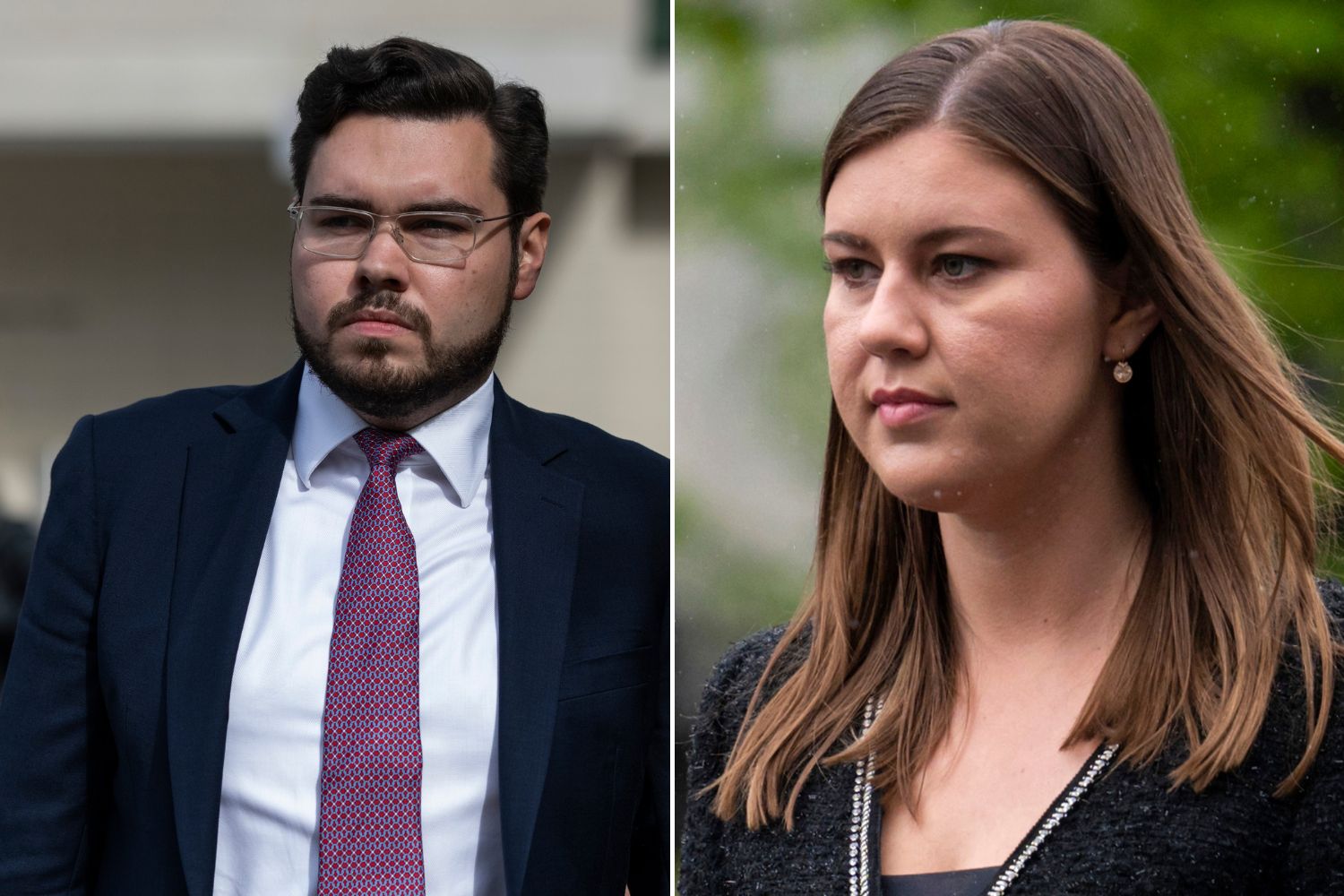We are standing on the edge of a precipice. It’s not a line drawn in the sand, it’s a gaping chasm that’s growing wider by the day. The climate crisis has become epitomised by a number of tipping points that we are perilously close to crossing – points beyond which the environment will be irrevocably damaged and the cascading impacts on society will be existential. This is the point of no return.
If that sounds dramatic, that’s because it is. The climate crisis is no longer a problem for tomorrow, it needs to be addressed now. According to a new report by the Climate Targets Panel, Australia needs to cut greenhouse gas emissions by at least half before 2030 to help limit global heating to 2°C; a 74 per cent reduction would be better, as it would reduce heating to 1.5°C. Climate activists have been promoting the mantra “1.5 to Stay Alive” for years. This isn’t a hypothetical situation – it’s life and death.
When the Intergovernmental Panel on Climate Change introduced the idea of tipping points more than 20 years ago, they weren’t considered likely to occur. Now, they’re a terrifying reality. These tipping points include the melting of icesheets in Antarctica and Greenland, loss of rainforest in the Amazon, the shutdown of currents in the Atlantic Ocean and shifts in the Indian and West African monsoon seasons. Australia is already experiencing the impacts of climate change – think the 2020 bushfires when the horizon burned bright red and smoke hung menacingly for months. The past decade has been warmer than any other decade in the past century, but it is also projected to be the coolest decade for the next century. The CSIRO predicts that temperatures will continue to rise; Alice Springs will swelter through an average of 203 days over 35°C in 2080, while Perth will hit an average of 42 days above 35°C. Droughts will be more extreme, sea levels will rise and snow cover will decline.
The enormity of the climate crisis can feel immobilising, but inaction isn’t an option. To mark Earth Day on April 22, marie claire is looking to the leaders who are agitating for real change, sharing their knowledge for the greater good and giving us hope for the next generation.

The Climate Feminists
“Climate change is a man-made problem with a feminist solution” – Mary Robinson, Former President of Ireland
It’s not sexist to say climate change is a women’s issue. Research by the United Nations shows 80 per cent of people displaced by the climate crisis are women. Data also reveals that women are more dependent on the environment when it comes to work – as the primary caregivers and providers of food and fuel in many cultures – so their livelihoods are most at risk. Moreover, there is growing evidence of the link between climate change and gender-based violence. As noted by the International Union for Conservation of Nature, periods of prolonged drought means women have to journey for longer to collect water, making them more vulnerable to sexual assault en route. At home, the stress of poor harvests, lower earnings and food insecurity puts pressure on men’s traditional role as providers, often leading to alcohol abuse and violence. In some cases, women are forced into sex work and families marry off their daughters out of desperation from food scarcity, a direct result of climate change.
As it goes, the conventional climate leadership that has long favoured the voices of privileged white men is failing women, says Dr Katharine Wilkinson. Facing the brunt of the impact of the climate crisis, it’s women who are working towards a solution. In her book All We Can Save, Wilkinson acknowledges that it’s
women and girls who are putting in the (wo)manpower to heal our planet: undertaking research, creating solutions, launching campaigns, crafting policy and charging forth in collective action. “Research shows that women convey greater scientific knowledge of climate change than men, and they act on that knowledge. Unfortunately, women are underrepresented in executive leadership of environmental organisations and receive insufficient funding and too little credit for their work,” says Wilkinson, who is campaigning for feminist climate leaders to hold the majority of power in the US by 2030. “Female legislators more strongly support environmental laws, and when parliaments have greater representation of women they are more likely to ratify environmental treaties.”

In Australia, independent MP Zali Steggall is leading a science-based approach to cutting emissions. In February 2020, she launched a private members bill to seek a target of net zero emissions by 2050 in line with the Paris Agreement on climate. The bill was supported by fellow crossbenchers (and women) Rebekah Sharkie and Helen Haines, who praised the legislation for putting everyday people and communities at the heart of our emerging zero-carbon economy.
Similarly, Natalie Isaacs has been championing people power since 2009, when she launched the not-forprofit 1 Million Women. And when we say “people power”, we mean “women power”. “1 million women started with a really simple proposition, to get one million women to cut a tonne of pollution out of their life in a year,” says Isaacs, 62, who had her cometo-Jesus moment when she reduced her household electricity consumption by 20 per cent and recognised the power women wield. “As consumers, women make between 75 and 85 per cent of decisions for their household. It’s known that women are more passionate
about addressing climate change and protecting future generations, and we bring empathy, compassion and decision-making skills to the table.”
Isaacs’ table now has more than 970,000 seats for her members, who are all taking action to save the planet. From cutting their electricity consumption to avoiding plastic packaging and making sure their bank and super funds don’t invest in fossil fuels, little steps become giant leaps when they’re multiplied by thousands. “Women are living climate action, but everybody has a role to play in saving our planet: individuals, companies, communities and governments,” says Isaacs. “Never underestimate how powerful you are through everything you do.”
First Nations Fighters
“When all the old people die, the country too will die” – Dr George Musgrave, Kuku Thaypan Elder
For Indigenous people in Australia and around the globe, the adage “No climate justice without racial justice,” isn’t just a rally cry, it’s lore. According to community leaders, academics and environmental experts alike, to address the climate crisis we first must address white supremacy, empower First Nations people and restore our relationship with the natural world. A 2019 study by the University of British Columbia found that biodiversity is highest on Indigenous-managed lands. With more than 60,000 years of knowledge, culture and history of caring for Country, it’s important that Australia’s First Nations people are a crucial part of the response to Australia’s climate crisis.
Gundungurra-raised Gunai woman Kirli Saunders grew up in the threatening shadow of bushfires in Mittagong, New South Wales. Her childhood memories are haunted by the fear and anxiety of the flames on the horizon, the ash falling down from the sky and smoke filling the air as her community mobilised for evacuation. For Saunders, the pain was reignited by the 2019/2020 bushfire disaster, which threatened the land that held the essence of her matrilineal heritage. Her mother and grandmother’s countries were burning. It’s against this backdrop that Saunders set her mid-upper primary school book, Bindi, which explores the topics of climate, bushfires and healing. The award-winning book is a tangible sign that we’re finally starting to listen to Indigenous wisdom and shift the dominant colonial narrative when it comes to environment issues. “It’s really amazing to watch the seed being planted, to see the traditional ways of back-burning and the ways that we’ve always cared for the land become more of a topic of conversation,” she says.
Kylee Clubb, a board member of the Firesticks Alliance Indigenous Corporation, is leading these conversations in Far North Queensland. Founded in 2018, the organisation hosts cultural burning workshops around the country with the maxim, “Healthy people, healthy Country.” For Clubb, who is also an advanced fire
fighter with the Tinaroo Rural Fire Brigade on Yidinji Country, cultural burning is necessary for survival. “I’m sitting here near Platypus Creek and I can’t see any platypus,” she says. “But since I’ve been involved in cultural burning, I’ve seen [native] plants and animals return. Taking care of the land is our cultural duty.”
Despite facing unique local issues, Indigenous people around the world are united by their shared respect for – and relationship with – the earth. In Canada, Eriel Tchekwie Deranger, the executive director at Indigenous Climate Action, is supporting communities and local knowledge keepers with information and a climate change toolkit developed from an Indigenous perspective. Launching later this year, the toolkit will offer advice and solutions, while emphasising the strength of Indigenous culture in those solutions. “Climate change is the symptom of breaking the natural laws that have existed on this planet since time immemorial,” says Deranger, a Dënësu˛łinë´ woman. “Of course, we need to be reducing emissions, cutting back on fossil fuels and changing our diets to address climate change, but we also need to re-establish our relationship with the lands like Indigenous stewards have done for millennia.” It is no longer enough to make space for Indigenous people, says Deranger: “The tables of discussion are still being led by white, middle-class folks and Western colonial frameworks. We need to abandon the capitalistic approach to the natural world, and adopt a holistic approach respecting the Indigenous connection to land.”
Generation Green
“I have a dream that people in power start treating this crisis like the existential emergency it is” – Greta Thunberg, Climate Activist
In the three years since Swedish student Greta Thunberg started picketing in front of her country’s national parliament demanding action on the climate crisis, a cavalcade of young people have joined the protest. From organising school strikes and marches to taking legal action against the government for failing in its duty of care to protect them from climate change, young activists have been fighting as though their lives depend on it, because they do. Statistics from the United Nations reveal 73 per cent of young people currently feel the effects of climate change. The same research shows their strong environmental awareness has the power to transform our societies towards a low-carbon and climate resilient future.
On a cold New York morning in December 2018, student Alexandria Villaseñor started her own strike outside the UN headquarters. In a year, she spent more than 300 hours sitting on a bench with “School Strike 4 Climate” written on a homemade poster. “In the eighth week of my UN climate strike, there was a polar vortex in New York. It made me realise climate change will force us to deal with more extreme weather. People are dying and we need to act,” says Villaseñor, who went on to co-found the organisation Earth Uprising months later. “The idea was to put the power back in the youth’s hands with peer-to-peer education. When young people are riled up and educated, they can take action in their communities. The youth won’t be stopped!”

It’s the same sentiment Varshini Prakash held onto in 2017 when she founded Sunrise Movement, aiming to build an army of young people to make climate change a top priority across America. “The reality was that our generation was the first to face the negative impacts of the crisis, but [we] would be the last to do something significant on it,” says Prakash of the movement. “It’s inspiring but also not surprising, because young people are terrified. Our movement needs to continue to grow until we become an unstoppable force to steer us in the right direction.”
Luca Saunders is one of eight teenagers (along with a nun, acting as their litigation guardian) steering Australia in the right direction. In early March, the members of Class Action 4 Climate took legal action against Federal Environment Minister Sussan Ley for failing to protect young people from the impacts of climate change by approving the Vickery Coal Mine in New South Wales. “The litigants and I are representing the millions of children who will suffer from the impacts of the climate crisis, which will be exacerbated by the proposed coal mine project,” says Saunders of the group’s bid for a court injunction to halt the development. “Strikes and marches are important, but to move forward we need to breach legal and political boundaries – and we need the support of older
generations to make real change and create a safer world for young people.”
As Thunberg says: “Together and united, we are unstoppable.”
This article originally appeared in the May 2021 issue of marie claire Australia – on stands now!










